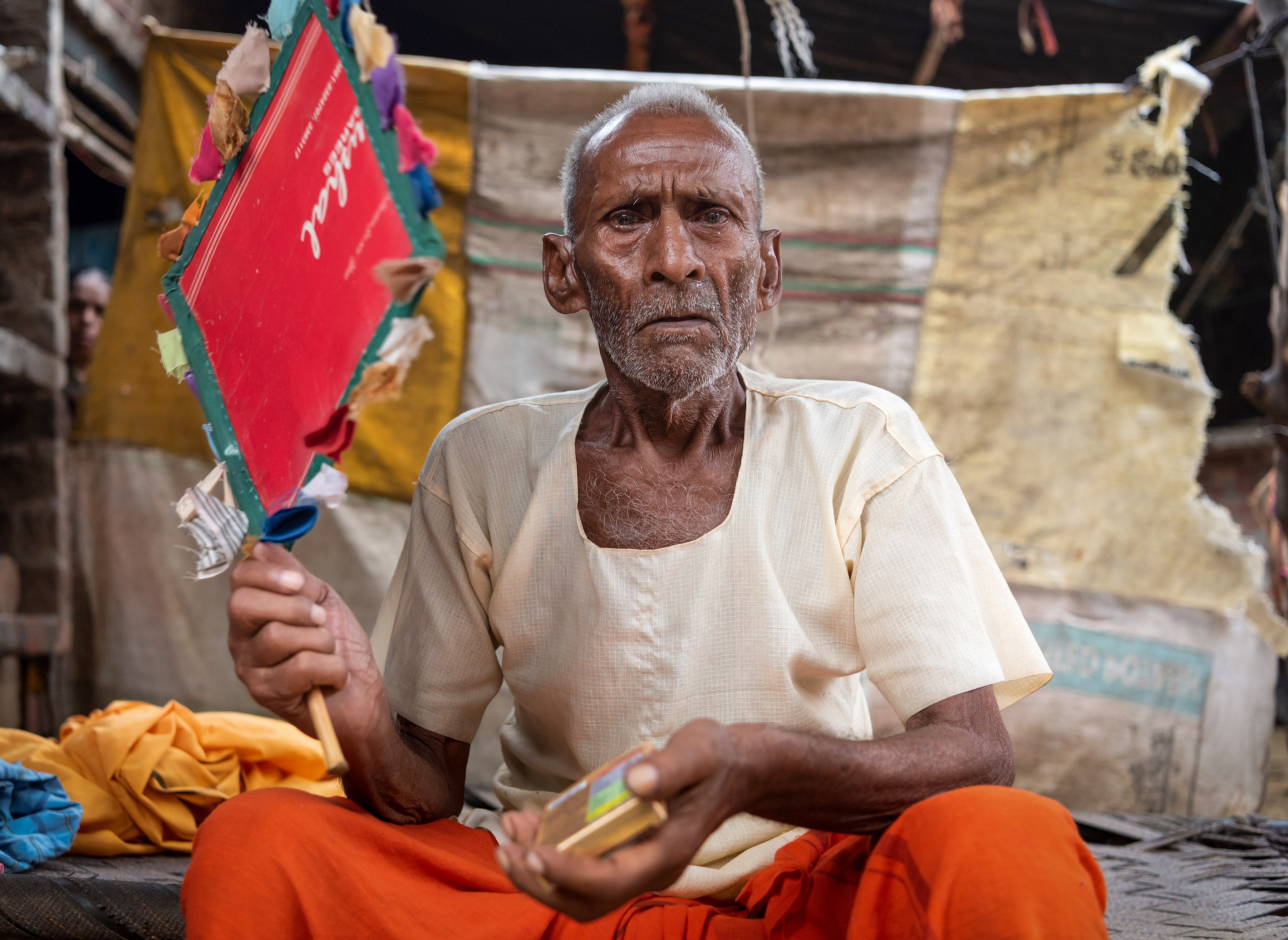At the end of April, when the daytime temperature crossed 45 °C (113 °F), most residents of Nagla Tulai sought succor in the hot winds blowing outdoors. Since northwest India first began to see alarming temperatures, local governments have been advising people not to go out in the sun if they can help it. But Nagla Tulai is one of the few Indian villages yet to be electrified. That means no fans, no coolers, and no air conditioners for its 150-odd households.
Instead, the women of Nagla Tulai have taken their cooking to the rooftops. There they sit for hours stuffing tinder into their clay stoves to keep them burning even as the sun breathes fire at them from above. “You can’t even flick the sweat off your face; it will wet your hands and spoil the rotis,” says Shakya.
Cause and effect
That climate change is exacerbating South Asia’s heat waves is no longer in question. This year alone, two new studies have explored the links. A report by World Weather Attribution found that the likelihood of a heat wave like this year’s has increased by 30 times since the 19th century. And an attribution study carried out by the UK’s Met Office pointed out that the chances of unprecedented heat waves in India and Pakistan have been made 100 times higher by climate change. The question to be answered next is how people faced with life-threatening heat are going to cope with it.
“Almost everybody is affected; only the extent varies,” says Vimal Mishra, a climate scientist at the Indian Institute of Technology Gandhinagar in the western state of Gujarat. “People who are less affected [than the others] are those who can afford air conditioning.” The National Disaster Management Authority counts 23 out of India’s 28 states as being vulnerable to heat waves.

SAUMYA KHANDELWAL
Indeed, the sale of air conditioners has shot up in India since March, especially in urban areas. In Etah, the nearest city to Nagla Tulai, the hum of ACs drowned out all other noise every time electricity came on.
“The majority of houses run AC units in this town,” says Devesh Singh, a television journalist who has been filing reports on Etah’s summers for 22 years. Many households in the city steal the necessary electricity from state-owned power companies to avoid paying the steep bills. They do it by attaching an aluminum hook, called a katia, to the power cables running through the streets.
